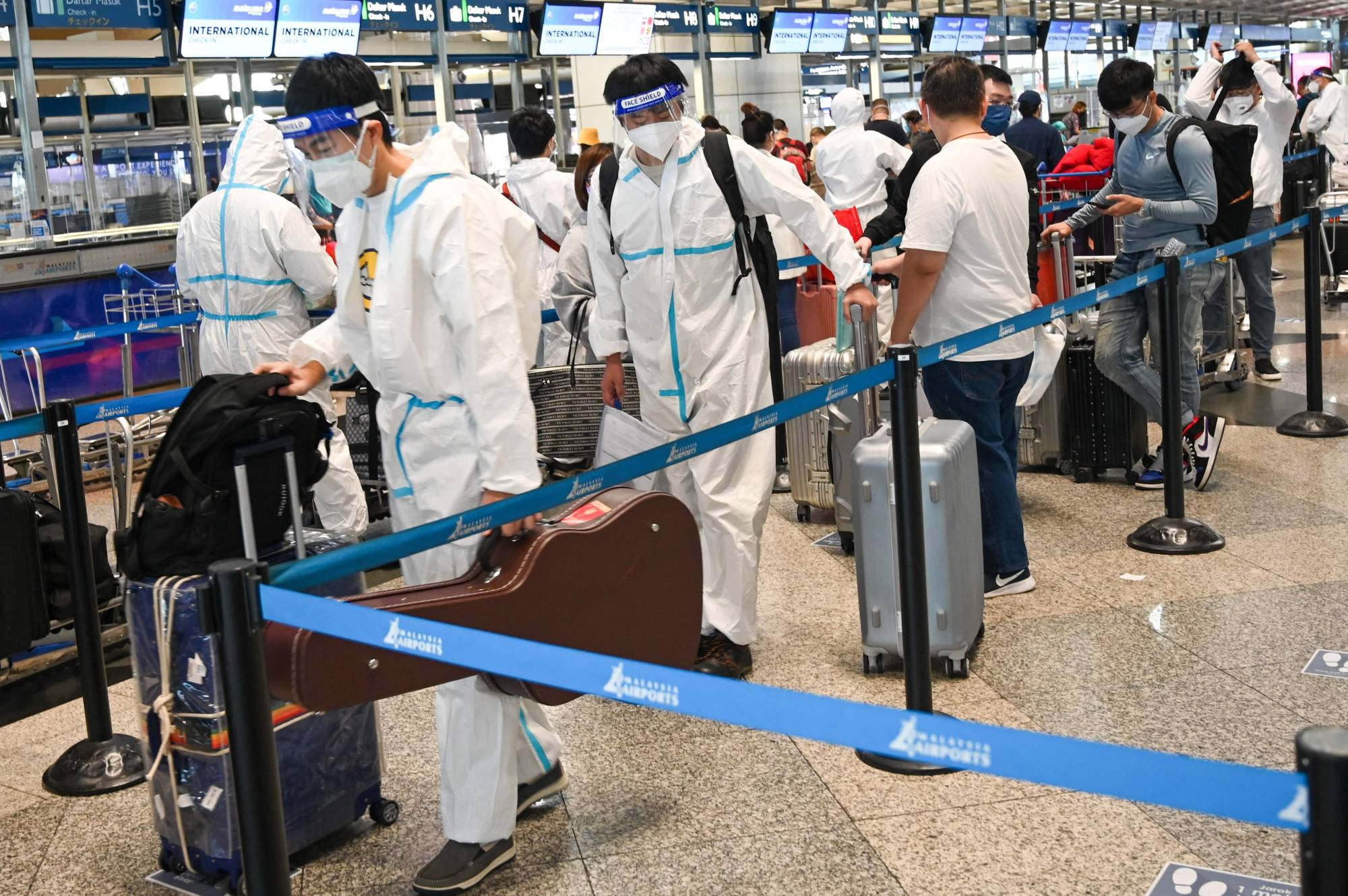Omicron Coranavirus Variant Signs & Symptoms
On 26 November 2021, on the basis of advice from WHO’s Technical Advisory Group on Virus Evolution, WHO designated the SARS-CoV-2 variant B.1.1.529 a variant of concern (VOC).
This variant has been given the name Omicron. The variant Omicron was first reported to WHO from South Africa on 24 November 2021.
In recent weeks, infections have increased steeply in South Africa, coinciding with the detection of Omicron. The first known confirmed Omicron infection was from a specimen collected on 9 November 2021, and the first publicly available sequence from a specimen collected on 11 November 2021.
The number of cases of this variant appears to be increasing in multiple provinces in South Africa.
The variant Omicron was also detected in Botswana in samples collected on 11 November 2021. As of 28 November 2021 3pm, cases have been detected in several additional countries in four WHO regions.
While most of the current cases in these countries are travel-related, they expect this to change as more information becomes available.
What Does Omicron Mean

Omicron is the thirteenth SARS-CoV-2 variant to receive a formal WHO designation but it has been tagged with the 15th letter of the Greek alphabet.
Omicron has an unprecedented number of spike mutations, some of which are concerning for their potential impact on the trajectory of the pandemic.
Preliminary evidence suggests there may be an increased risk of reinfection with this variant, as compared to other variants of concern (VOCs).
Current SARS-CoV-2 PCR diagnostics are able to detect the Omicrom variant. Several labs have indicated that for one widely used PCR test (ThermoFisher TaqPath), one of the three target genes is not detected (called S gene dropout or S gene target failure, SGTF) and this test can therefore be used as marker for this variant, pending sequencing confirmation.
Studies underway to evaluate the transmissibility, severity and reinfection risk of Omicron. Additional studies are needed to understand effectiveness of vaccination, by product, and by infection and disease outcomes.
WHO will communicate new findings with Member States and to the public as this information becomes available.
Omicron Coranavirus Variant Signs & Symptoms
Listed below are possible signs and symptoms of Omicron coronavirus variant.
- Fatigue
- High pulse
- Scratchy throat, and dry cough
- High temperature
- Mild headache
- Exhaustion
- Aches
- Muscle pains
There is substantial uncertainty regarding Omicron’s transmissibility, immune escape potential (from either infection- or vaccine-induced immunity), clinical presentation, severity of disease, and response to other available countermeasures (e.g. diagnostics, therapeutics).
A number of researchers in South Africa and other countries are carrying out studies to assess these characteristics of Omicron.
Depending on these characteristics, if another major surge of COVID-19 takes place driven by Omicron, consequences may be severe.
Increasing cases, regardless of a change in severity, may pose overwhelming demands on health care systems and may lead to increased morbidity and mortality.
The impact on vulnerable populations would be substantial, particularly in countries with low vaccination coverage. To date, no deaths linked to Omicron variant have been reported.
At present, local transmission has been reported in South Africa and there is evidence of spread to several countries in four WHO regions (African, Eastern Mediterranean, European, and Western Pacific regions).
While most of the cases identified in these countries are travel-related, we expect this to change as more information becomes available. Overall risk related to the new variant of concern Omicron is thus considered very high.
The evidence for this assessment contains considerable uncertainty and will be updated as more information becomes available.






